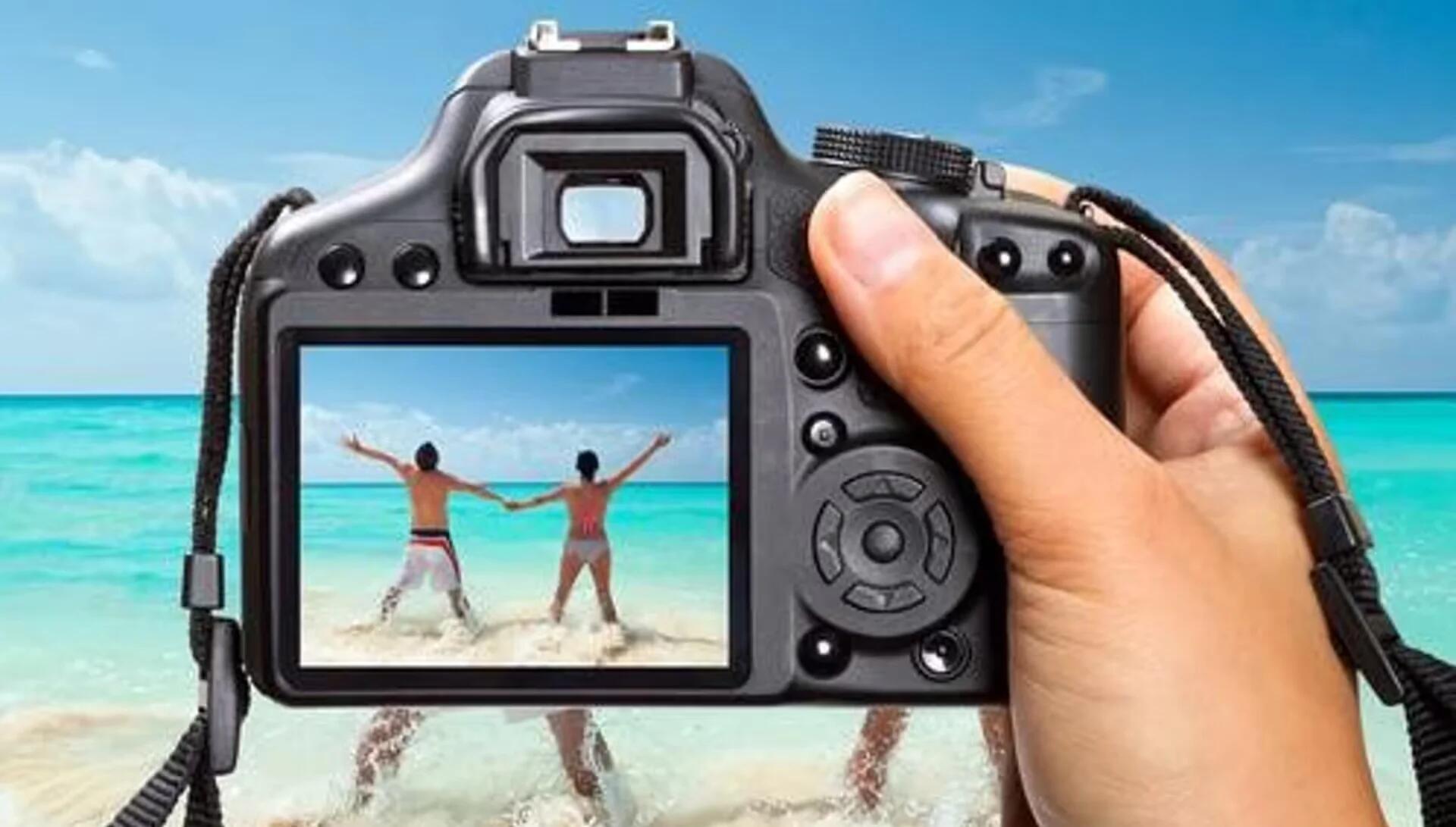If you are new to photography or are moving up in the features you want in your camera, then there are some tricks you should learn to get the most out of your camera. While the fundamentals of composition and exposure stay the same no matter what kind of camera you use, knowing how to use your gear to its fullest potential makes you a better photographer and it enables you to get shots that you did not know you could.
Live View Shooting
If you have a mirrorless camera, then shooting in live view is already a given; however, with DSLRs you have to choose to get into this mode. One major advantages that live view has over the optical viewfinder is the ability to see exactly what the camera sees. The EVF, or back screen, shows exactly what the picture is going to look like, making it easy to adjust the settings to get the perfect picture before you press the shutter.
The other added benefit is that it is less noisy because you are moving the mirror out of the way to shoot in live view. You also can do what is called “punching in”, which is when you can zoom in on the scene to get critical focus. This feature is especially helpful for manual focus lenses.
RAW
If you are a new photographer or just moving up from a point-and-shoot or your smartphone, you might not know about the increased capabilities that shooting in RAW over JPEG offers. RAW means almost what it sounds like: nothing has been done to alter it, yet, just like a raw steak. But, just like you can’t uncook a steak, you can’t undo certain things in JPEG files.
JPEG is a kind of compression that changes settings, including contrast, color, temperature, and saturation, before saving the photo to your card. The problem occurs when you want to tweak things or try something different in the future. Most of the time, JPEGs have many limitations because some information was thrown away when it was saved.
RAW – on the other hand, enables you to change these settings independently of each other. This allows you to get completely different looks from the same photo if you know what you are doing. The RAW file also keeps more information within the scene, meaning your tweaks have less of an impact on the finished image quality.
M, A, S, P
These letters stand for manual, aperture, shutter, and program. While the terms might change slightly for different camera manufacturers, you should learn to move out of fully automatic mode. The problem with auto mode is that the camera tries to find the “correct exposure,” but this doesn’t always lead to a good picture because it may run counter to your artistic intent.
Manual means you are in control over all the settings and the camera only takes the picture. The aperture mode gives you control over the size of the aperture, which affects the amount of light that hits the sensor and your depth of field, and the camera adjusts the shutter speed accordingly to get the correct exposure. So, if you want a shallow depth of field, you can easily adjust your settings to do that. Your shutter works the same way as aperture mode, but instead it gives you control over the shutter speed. This is especially important if you want to freeze an action and not worry about your depth of field. Program is semi-automatic, so you get some control over the settings.
